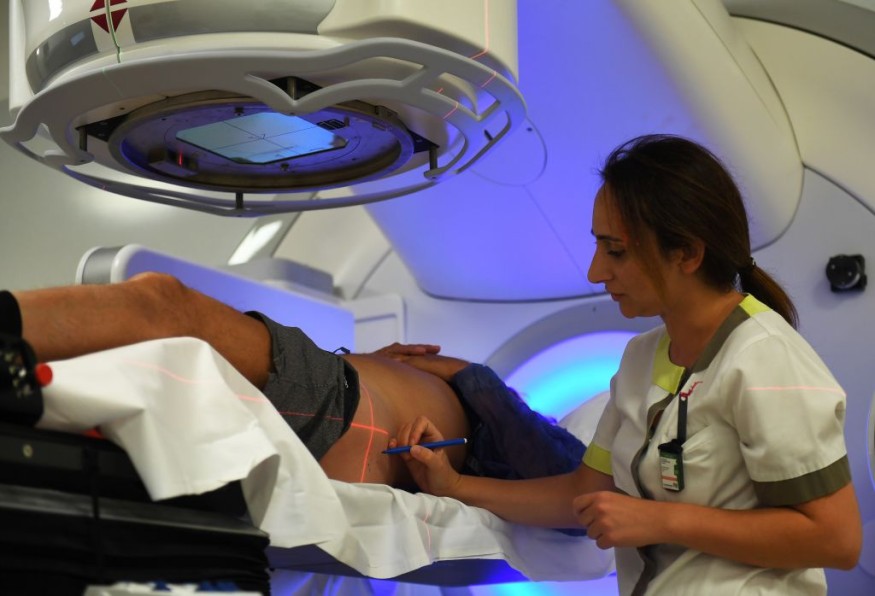A new study bears importance as the work promises a cure using which patients with cancer will be saved from adverse effects caused by chemotherapy and radiation therapy.
A NEWS18 report specified that a team of 11 scientists from the Cleveland Clinic in the United States and an Allahabad University researcher recently discovered a way in which radiotherapy and chemotherapy will no longer be needed "to kill cancer cells."
The team's work led by Professor Yang Li, of Cancer Biology at the Cleveland Clinic, and assisted by Assistant Professor Munish Pandey at the Department of Biochemistry, AU, came out in the prestigious Oncogene by Nature journal.
Following its successful study on rats, initiatives are currently being strengthened to make it applicable to the human body.

A Relief to Cancer Patients
Pandey explained, the study may give cancer patients who are undergoing chemotherapy, relief, The Tribune said in a similar report. Chemotherapy, in particular, is using radiation, as well as other drugs which has a lot of side effects, not to mention, evokes immune system that's causing severe pain, as well as an allergic reaction.
Scientists have developed earlier, knockout mice for miR-21, and the same was printed in the Proceedings of the National Academy of Sciences of the US journal.
Moreover, MicroRNA-21, a small non-coding RNA, is one of the most copious microRNAs in mammalian cells that control program cell death also known as "apoptosis," as well as oncogenic impacts.
Pandey also said, he has worked with American scientists and invented a substitute to chemotherapy and drugs to treat cancer, which impair normal cells along with cancer cells during the treatment of the illness.
Injected into Mice
This successful investigation was carried out by the 11-member team in the Cleveland Clinic and Yang Li. The scientists, while studying mice injected its anti-sense into the rodents to make miR-21 ineffectual.
After this, it was discovered that the tumor that was formed in the body of the rat gradually turned tinier compared to some tumors that totally vanished.
The study continued for one year in the United States. Nevertheless, it has not yet been applied to the human body. Now, the initiative has been strengthened to apply it to the human body, explained Pandey.
He also said that because of cancer, tumors are formed in the body which are eradicated during chemotherapy and drug treatments.
Along with this process of treatment along with cancer cells, normal cells are impaired as well, not to mention, which has an adverse effect on the body.
The team is currently working on the programmed cell death mechanisms, microRNAs, and chimeric antigen T-cell therapy to deal with carcinogenicity in mice models.
The Commonly Used Chemotherapy Treatment
The American Cancer Society describes Chemotherapy as the "use of any drug" for the treatment of any disease. However, to most people, the term chemotherapy or "chemo" means drugs used to treat cancer.
It is essential to know that not all drugs against cancer have the same efficacy for all. It used to be that the only kind of drug that could serve as a cancer treatment was traditional or the standard chemotherapy although now, there are many different kinds of cancer therapeutic drugs.
While the standard chemotherapy procedure remains the best approach for treating a lot of cancers, many kinds of drugs may work more effectively for others.
Related information about MicroRNA-21 is shown on Journal of Clinical Investigation's YouTube video below:
RELATED ARTICLE : Acute Lymphoblastic Leukemia Treatment: New Drug May Help Treat Blood Cancer in Children
Check out more news and information on Cancer in Science Times.












